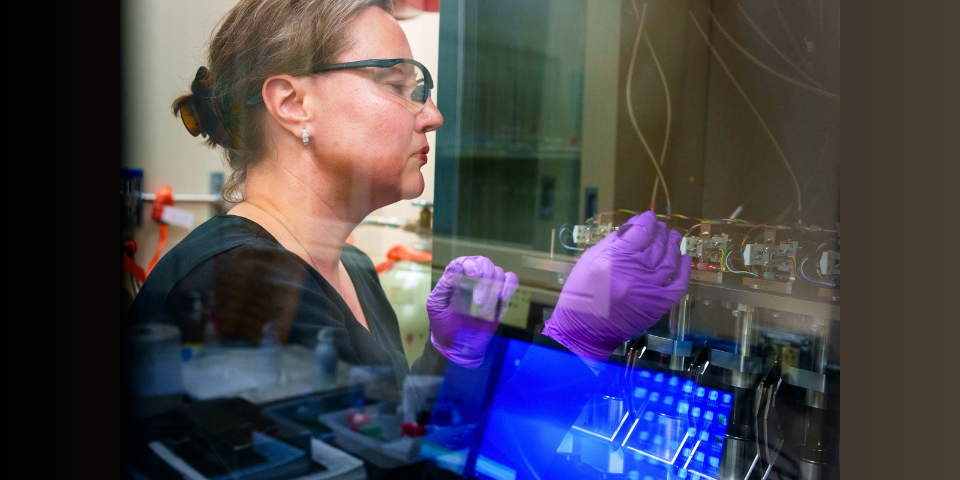ALBUQUERQUE, N.M. — Rare-earth elements are everywhere in modern life, found in everything from the smart device you are reading this on to the LED lightbulbs overhead and neodymium magnets in electric vehicles and wind turbines.
However, purifying these critical metals from ores with complex mixtures is a nasty business involving strong acids and hazardous solvents and is primarily conducted in China. Over the past three years, a team of researchers from Sandia National Laboratories (SNL) has been pioneering an environmentally friendly method to separate these rare-earth elements from watery mixtures.
Initially, the team made and modified tinker-toy-like molecules called metal-organic frameworks or MOFs to test their ability to adsorb these vital metals. They then used computer simulations and X-ray-based experiments to investigate how the rare-earth elements interact with the synthesized “sponges.” The team’s ultimate goal is to design sponges that selectively absorb one rare earth metal while excluding others. Their findings were recently published in a series of scientific papers, including one in the scientific journal ACS Applied Materials and Interfaces on August 26.


